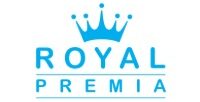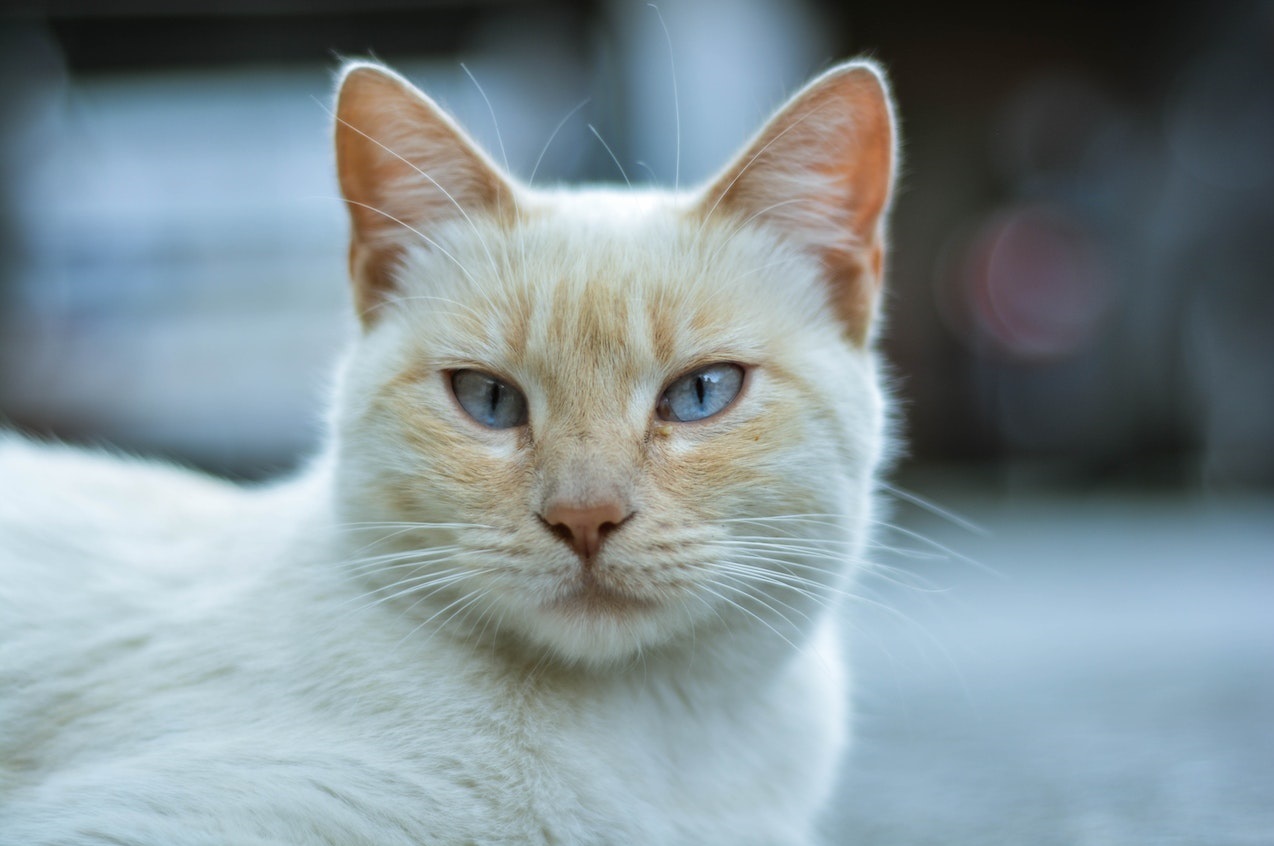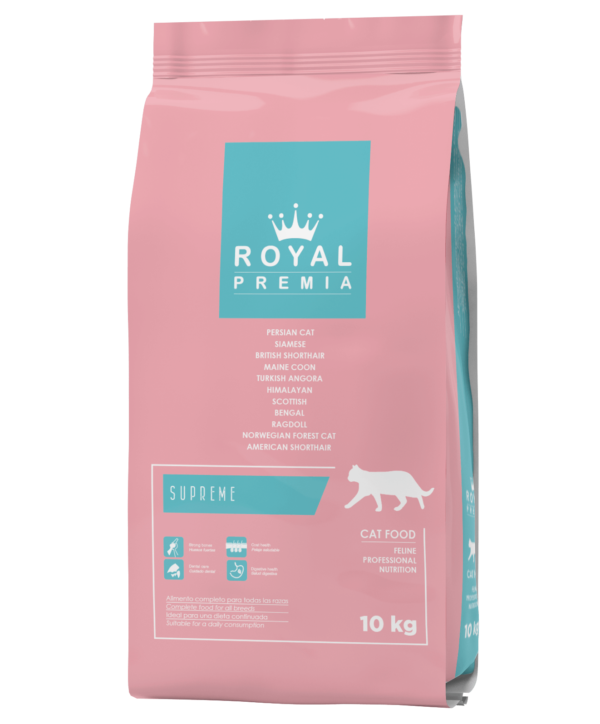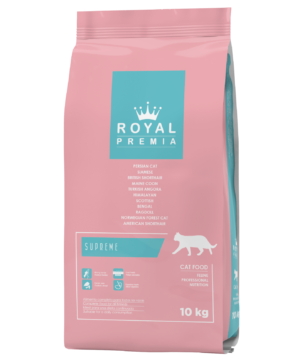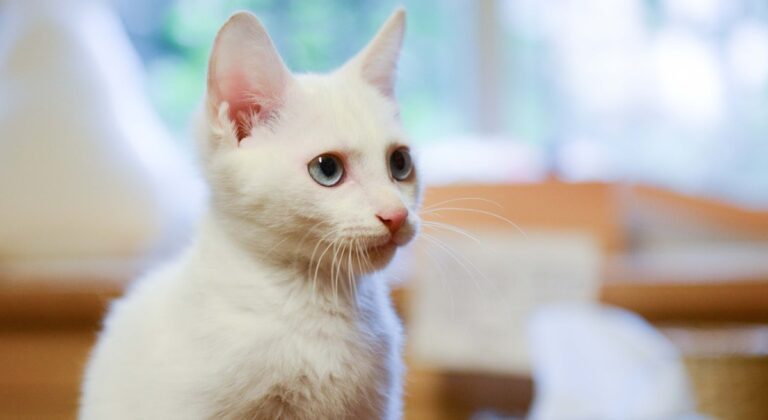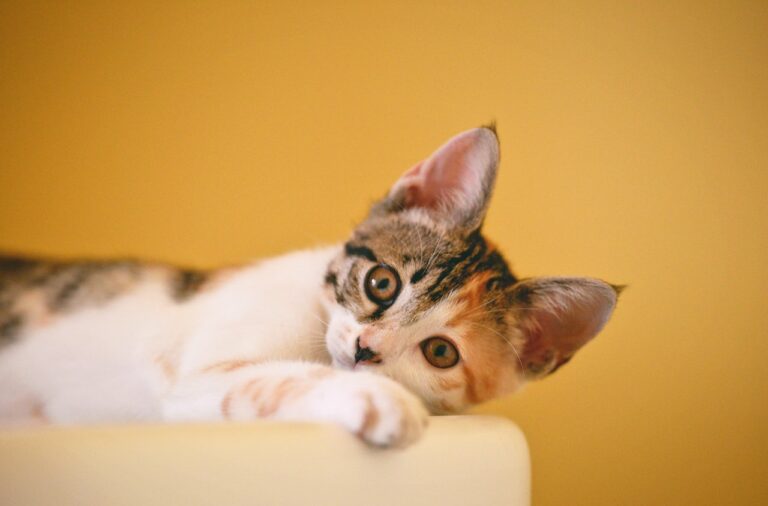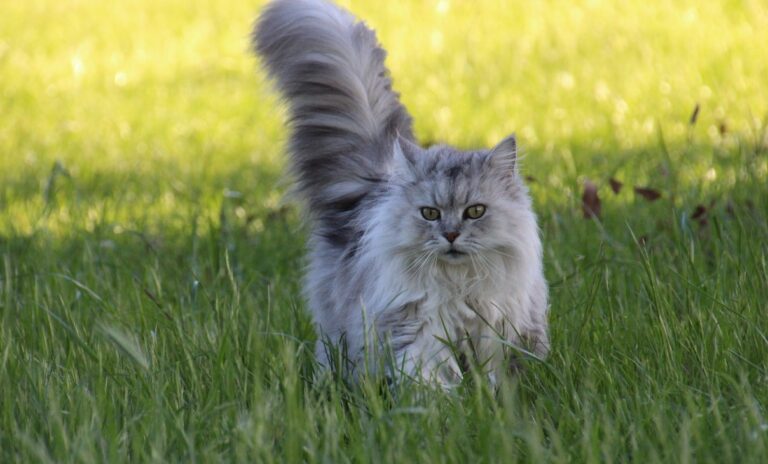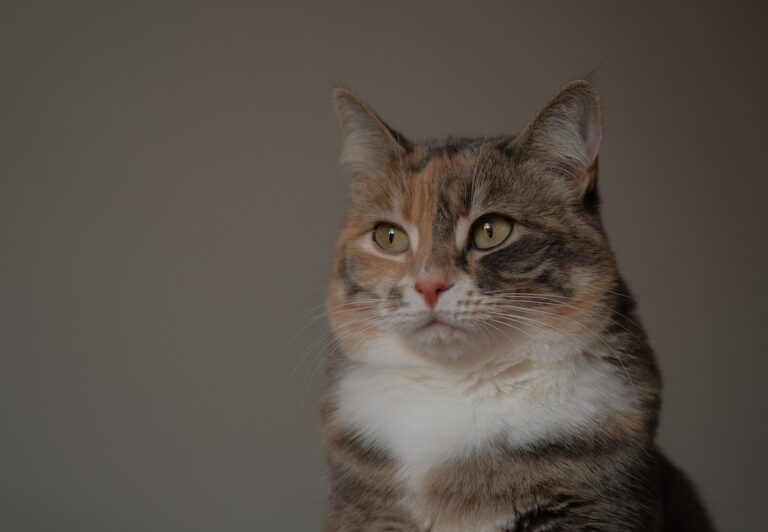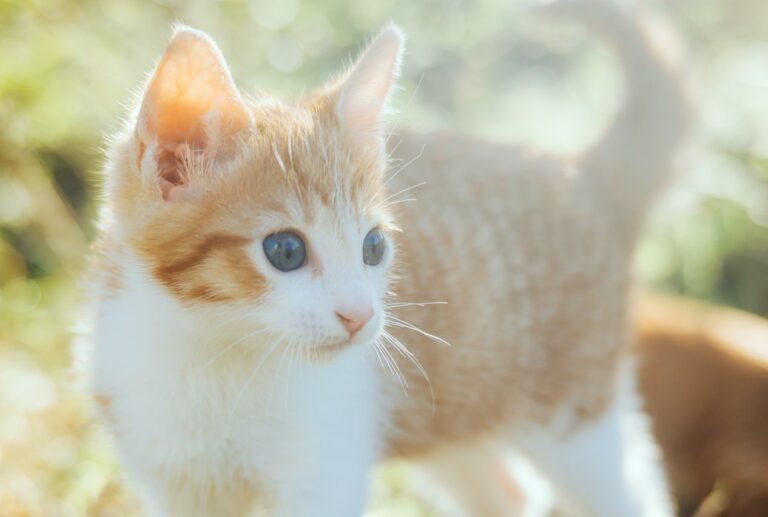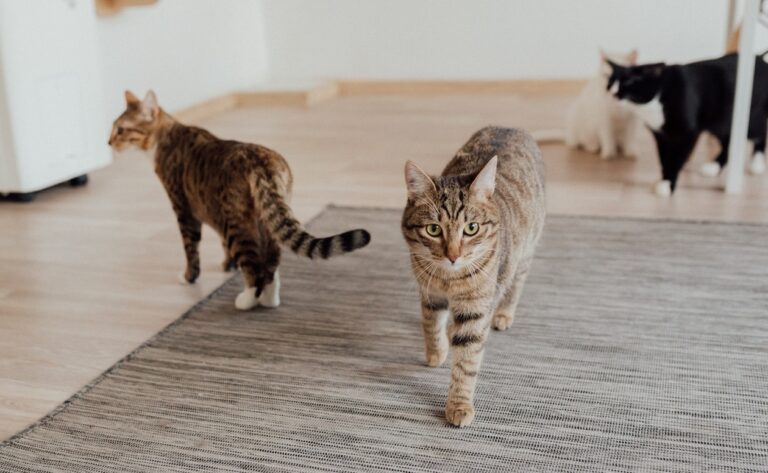Wet vs Dry Cat Food or Both
As a cat owner, one of the most important decisions you’ll make for your feline companion is choosing the right type of food. Cats have unique dietary needs, and the debate between wet cat food and dry cat food has been ongoing for years.
Both options have their pros and cons, and understanding the differences can help you make an informed choice to keep your furry friend healthy and happy.
Wet Cat Food
Wet cat food, also known as canned cat food, is a popular choice among many cat owners. It’s made with a high moisture content, resembling the texture of meat, which can be appealing to cats who have a strong instinct to consume water through their diet. Here are some advantages of feeding your cat wet food:
- Hydration: Since cats typically don’t drink a lot of water on their own, wet cat food helps ensure they stay well-hydrated, reducing the risk of urinary tract issues and kidney problems.
- Palatability: Cats often find wet food more palatable due to its meaty texture and strong aroma. This can be beneficial if your cat is a picky eater or has dental issues.
- Nutrition: Wet cat food is nutrient-dense and provides a balanced diet for your feline friend. It contains essential vitamins and minerals to support their overall health.
- Weight Management: If your cat struggles with weight management, wet cat food might be a better option, as it generally contains fewer carbohydrates and fewer calories than dry cat food.
Dry Cat Food
Dry cat food, also referred to as kibble, is another widely chosen option by cat owners. It contains very little moisture and is often left out in bowls for cats to graze on throughout the day. Here are some benefits of feeding your cat dry food:
- Dental Health: The crunchy texture of dry cat food can help to reduce tartar and plaque buildup, promoting better dental health in cats.
- Convenience: Dry cat food is easy to store and can be left out for extended periods without spoiling, making it a convenient choice for busy cat owners.
- Cost-Effective: Generally, dry cat food tends to be more budget-friendly compared to wet cat food, making it a practical option for those on a tight budget.
- Weight Control: For some cats prone to overeating, measured portions of dry cat food can aid in weight management, preventing obesity.
Both Options
Some cat owners opt for a combination of wet and dry food, providing a mixed diet for their furry companions. This approach can offer the benefits of both types of food, providing variety and catering to different preferences.
Overall
In the end, the choice between wet cat food, dry cat food or a combination of both depends on your cat’s specific needs, preferences and health conditions. It’s essential to consult with your veterinarian to determine the best diet for your feline friend.
Remember, regardless of your choice, providing high-quality, balanced nutrition is the key to ensuring a long and healthy life for your beloved furry companion.
Royal Premia Cat Food
-
Basic Adult Dry Cat Food 2kg and 10kg All Breeds
-
Supreme Dry Cat and Kitten Food 2kg and 10kg All Breeds
Frequently Asked Questions
How often should I feed my cat?
The frequency of feeding depends on your cat’s age, weight, and activity level. In general, adult cats can be fed 2-3 times a day, while kittens may need more frequent meals. Always follow your veterinarian’s recommendations for the specific needs of your cat.
Should I feed my cat a specialized diet for specific health conditions?
If your cat has certain health conditions like obesity, diabetes, kidney disease, or allergies, a specialized diet may be recommended by your veterinarian. These diets are formulated to address specific health issues and can be beneficial in managing and improving your cat’s overall health.
